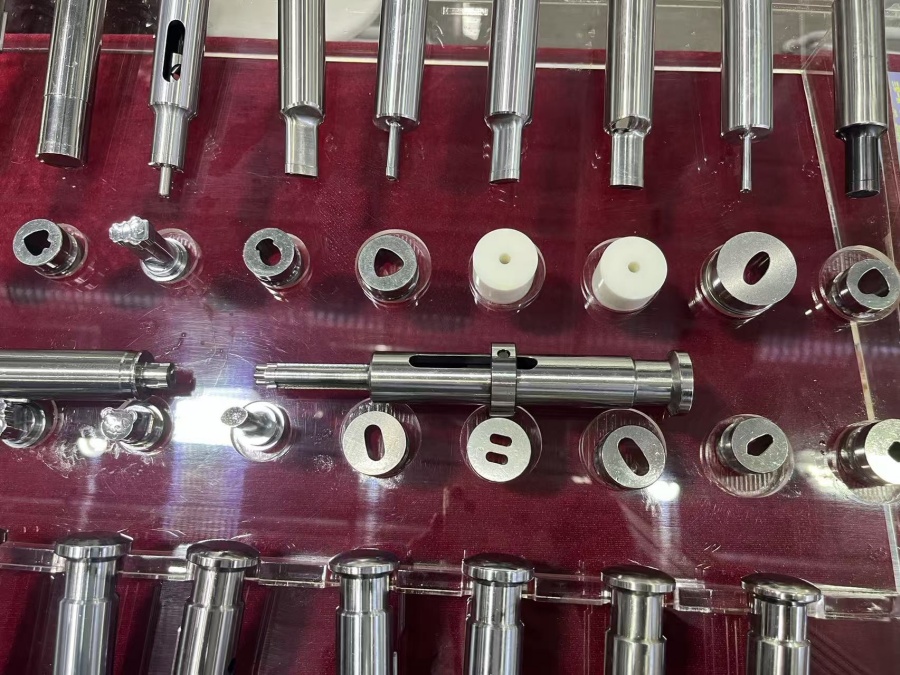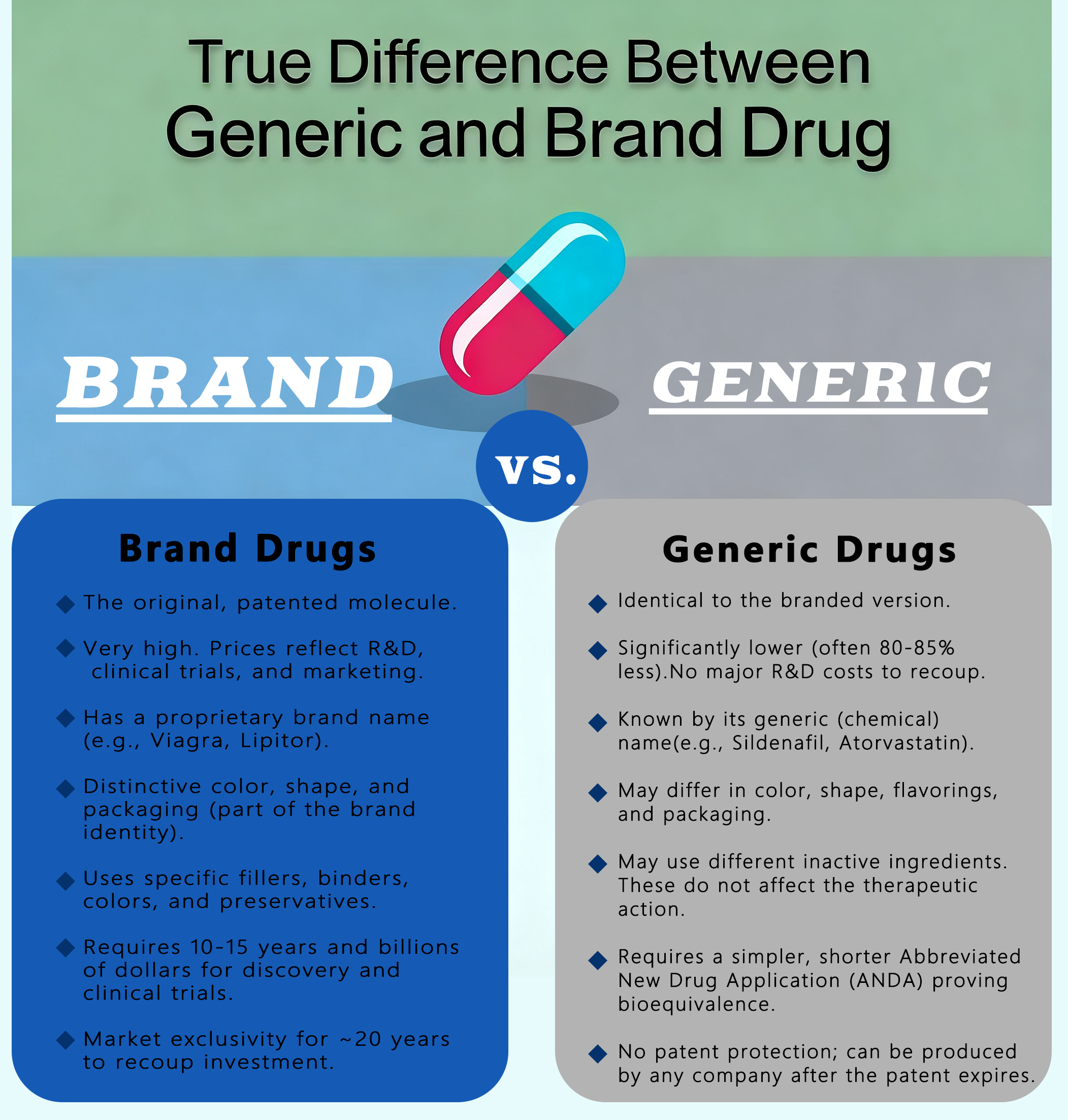Capsule shells are the outer covering of medicines that you swallow. Think of them as tiny containers that hold your medication. These shells protect the medicine inside and make it easy to take.

When you take a pill, you might notice it has a smooth, colorful coating. That’s the capsule shell. It’s designed to dissolve in your stomach, releasing the medicine your body needs.
What is Capsule Shells?
Capsule shells have been around for over 150 years. They were invented to make taking medicine easier and more pleasant. Before capsule shells, people had to swallow bitter powders or liquids.
Today, capsule shells are everywhere. You’ll find them in pharmacies, health stores, and medicine cabinets worldwide. They come in different sizes, colors, and materials.
The main job of a capsule shell is simple: protect the medicine and help your body absorb it properly. They also hide bad tastes and smells from medications.
What Are the Different Types of Capsule Shells?
There are two main types of capsule shells:
Hard Capsule Shells
Hard capsules are the most common type. They have two parts: a cap and a body. The cap fits over the body like a lid on a jar. These capsules are rigid and keep their shape well.

Hard capsules work great for powders, granules, and small tablets. They’re easy to fill during manufacturing and store well on shelves.
Soft Capsule Shells
Soft capsules are sealed, flexible containers. They’re made in one piece and feel soft to touch. You might know them as “soft gels.”

Soft capsules are perfect for liquids, oils, and pastes. Fish oil supplements often come in soft capsules and made by softgel Encapsulation Machines, because they prevent leaking.
Special Types
Some capsules have special features:
- Enteric capsules resist stomach acid.
- Delayed-release capsules wait to dissolve.
- Extended-release capsules release medicine slowly.
What Materials Are in Capsule Shells?
Capsule shells are made from different materials:
Gelatin
Gelatin is the most common material. It comes from animal bones and skin, usually from cows or pigs. Gelatin capsules are clear, flexible, and dissolve quickly in your stomach.
Most people can use gelatin capsules safely. They’ve been tested for many years and work well for most medications.
Plant-Based Materials
For people who don’t eat animal products, there are plant-based options:
- HPMC(Hydroxypropyl Methylcellulose) comes from plant cellulose.
- Pullulan is made from fermented starch.
- Starch capsules use modified plant starch.
These materials work just like gelatin but suit vegetarian and vegan lifestyles.
Other Ingredients
Capsule shells also contain:
- Water to keep them flexible.
- Colors for identification and appearance.
- Preservatives to prevent spoilage.
- Plasticizers to maintain texture.
What Is the Process of Capsule Shell Manufacturing?
Making capsule shells involves several steps:
Video Source: https://www.youtube.com/watch?v=atCoXgwxiUg
Step 1: Preparing the Solution
First, manufacturers mix the main material (like gelatin) with water. They heat this mixture until it becomes a clear liquid solution.
Step 2: Adding Ingredients
Next, they add colors, preservatives, and other ingredients. Everything gets mixed thoroughly to ensure consistency.
Step 3: Dipping Process
Metal pins shaped like capsules get dipped into the solution. The solution sticks to the pins, forming thin walls. This happens in a controlled, clean environment.
Step 4: Drying
The coated pins move through drying chambers. Warm air removes excess water, making the capsule walls firm but flexible.
Step 5: Stripping
Once dry, the capsule shells are carefully removed from the pins. Machines do this gently to avoid damage.
Step 6: Quality Control
Every batch gets tested for:
- Thickness.
- Strength.
- Dissolving time.
- Appearance.
Step 7: Packaging
Finally, the capsules are sorted by size and packaged for shipment to pharmaceutical companies.
What Is the Use of Capsule Shell?
Capsule shells have many important uses:
Medicine Delivery
The primary use is delivering medication to your body. The shell protects the medicine until it reaches your stomach, then dissolves to release the drug.
Taste Masking
Many medicines taste terrible. Capsule shells hide these bad tastes, making medication easier to swallow.
Dose Control
Capsules ensure you get exactly the right amount of medicine. Each capsule contains a precise dose.
Protection
The shell protects medicine from air, moisture, and light. This keeps the medication effective longer.
Easy Swallowing
Smooth capsule shells slide down your throat easily. This helps people who have trouble swallowing tablets.
Identification
Different colors and sizes help identify medications. This reduces mistakes and improves safety.
What Is the Formulation of Capsule Shell?
A typical capsule shell formulation includes:
Base Material (85-90%)
- Gelatin or plant-based alternative.
- Forms the main structure.
Water (10-15%)
- Keeps shells flexible.
- Prevents cracking.
Colors (0.1-2%)
- Iron oxides for natural colors.
- FD&C dyes for bright colors.
- Titanium dioxide for opacity.
Preservatives (0.1-0.5%)
- Prevent bacterial growth.
- Extend shelf life.
Other Additives (1-3%)
- Plasticizers for flexibility.
- Surfactants for smooth processing.
- pH adjusters for stability.
The exact amounts vary depending on the type of capsule and its intended use. Manufacturers carefully balance these ingredients to create shells that work properly.
Takeaway
Capsule shells are simple but important parts of modern medicine. They make taking medication easier, safer, and more pleasant.
Whether made from gelatin or plant materials, these shells protect medicine and help your body absorb it properly. The manufacturing process ensures each capsule meets strict quality standards.
Understanding capsule shells helps you make better choices about your medication. You can choose between animal-based or plant-based options based on your needs and preferences.
Next time you take a capsule, remember the science and care that went into making that small but important shell. It represents over a century of innovation in making medicine delivery simple and effective.
From protecting bitter medicines to ensuring precise dosing, capsule shells continue to play a vital role in healthcare worldwide. They’re a perfect example of how simple solutions can make a big difference in people’s lives.




